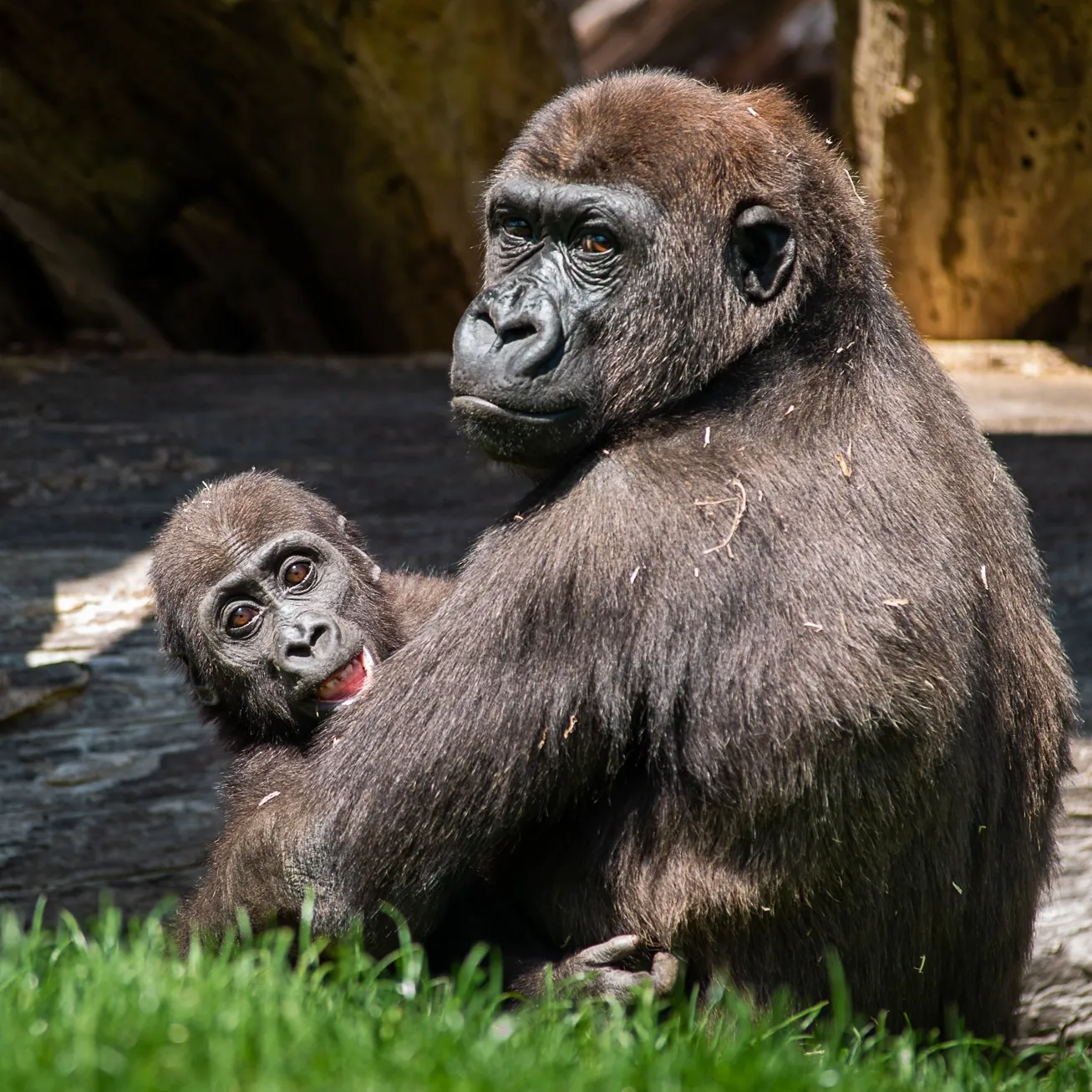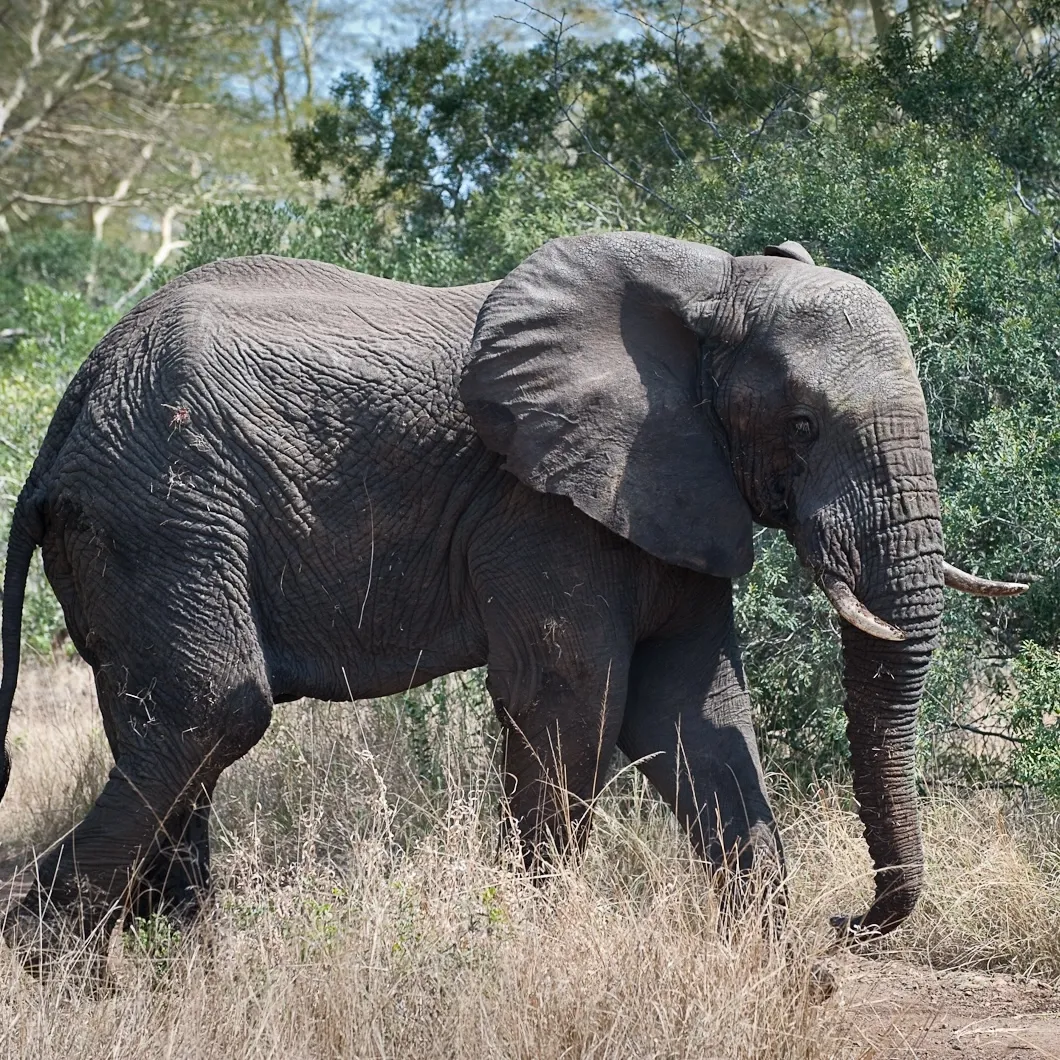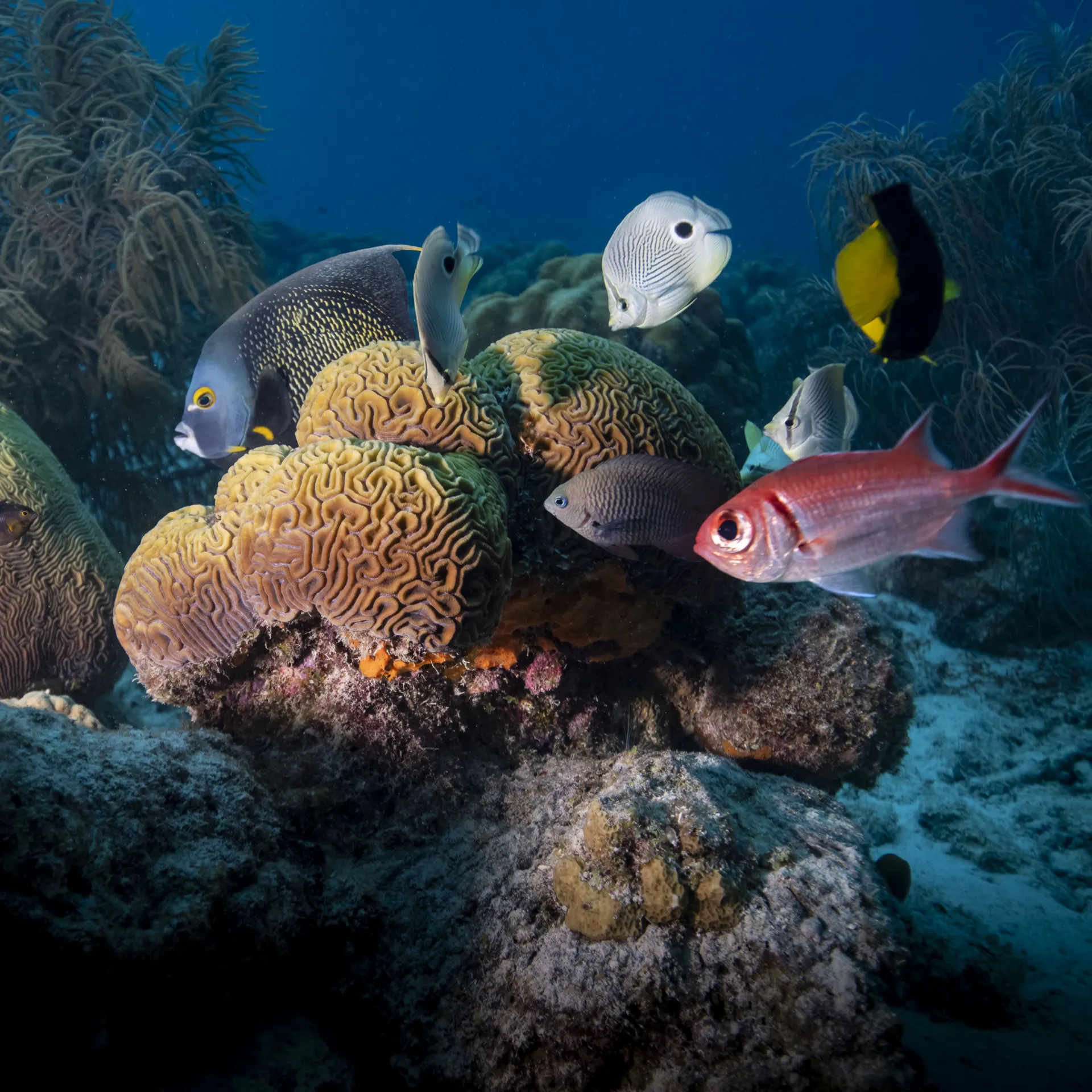Local Action
The Zoo designs conservation programs that can put global stories like climate change into local context and provide opportunities for the Zoo’s audience to engage and act on these issues.
One such program is working with Tree Pittsburgh and other local partners to enact urban tree canopy-based efforts. The Pittsburgh Zoo shares its distribution of tree seedlings for community tree adoptions and supports workflow an educational engagement that provides a holistic view of how individual land care practices can support biodiversity.
Docent Pollinator Garden
Over 80% of world’s flowering plants require a pollinator to reproduce. Pollinators are primarily declining due to loss of habitat. However, improper use of pesticides, pollution, and invasive species also contribute to their decline. For example, monarch butterfly numbers have steadily declined over recent decades. Where numbers of overwintering monarchs in California once numbered in the millions, they are down to just thousands.
A typical backyard garden in the Northeastern United States could host 30 different species of bees. In addition to bees, there are other animals that help with pollination like beetles, flies, bats, moths, butterflies, wasps, hummingbirds, some small mammals, and even mosquitoes. Some of these plant and pollinator relationships are so specialized that if one disappears, the other may be one generation away from extinction.
Our Zoo docents maintain an onsite pollinator garden onsite to attract and support these key players in the ecosystem. You can join in their effort by creating a pollinator garden of your own.
What You Can Do: Create Your Own Pollinator Garden
- Plant different wildflowers that bloom from early spring through late fall providing food and habitat needs for pollinators.
- Avoid modern hybrid flowers, especially those with “doubled” flowers, because they lack pollen and nectar.
- Eliminate pesticides whenever possible.
- Include larval host plants in your landscape.
- Create a damp salt lick for butterflies and bees.
Conservation
To make the world better for wildlife, the Pittsburgh Zoo & Aquarium serves as a leader in uniting people to take conservation action.



